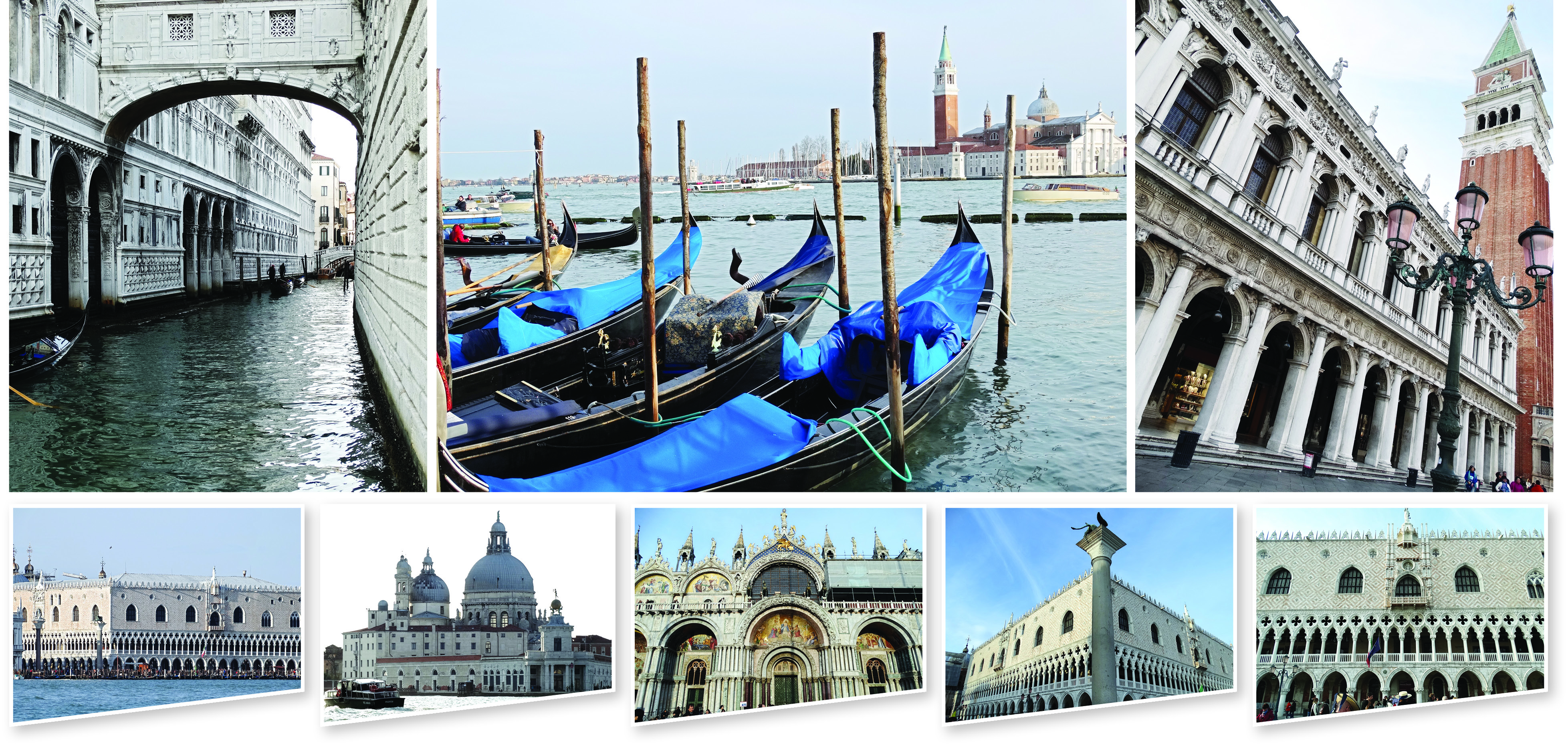The crowning jewel of the Adriatic
Thriving in the midst of Adriatic Sea, the enigmatic city of Venice, boasting of architectural ingenuity and distinct art, culture and cuisine from the rest of Italy, has not just survived gracefully amid constant threat of flooding but also retained its rich fabric

Perched on a lagoon and constantly threatened by flooding, Venice is an enigmatic city where defiant residents have befriended the forces of nature for centuries. The intricate network of canals and bridges stands as a testament to the masterly engineering and architecture of these water-locked islands in the Adriatic Sea. It is a place that boasts of the romantic boat ride of a lifetime. One cannot help but be hypnotised by the charms of this magnificent ancient city and the indefatigable spirit of its people.
It is hard to imagine a city thriving despite the constant existential threat of water inundation and tidal waves. Yet, Venice was erected with aplomb, and its survival is a testimony to the local engineering skills and the ingenious use of nature’s forces.
As you arrive in Venice by train, do not be surprised to be greeted with boats and steamers jetting in the canal waters right at the entrance of the Santa Lucia station on
the Grand Canal. Venice does not waste any time; it soaks you right away, both metaphorically and literally.
The charm of Venice draws tourists from all over the world. Oversized cruise ships, barges delivering supplies, and waterbuses, called vaporetto, ferrying passengers dominate the views and can at times seem imposing on the fragile city. One can only imagine the toll it takes on the locals to live in a centuries-old city that attracts the world’s elite, rich, and famous, as well as constantly flowing tourists. Venice stands in sharp contrast to the rest of Italy, not just geographically, but also in its art, culture, cuisine, and architecture.
During the 12th to 14th centuries, Venice was a global power whose influence spread throughout the Mediterranean to Constantinople (modern-day Istanbul). The wealth and power that came with exclusive maritime trade links with the East were celebrated in art and architecture throughout the city. Despite the passing centuries, the fabric of Venice has remained the same, with the sounds of tourists’ footsteps and boatmen’s calls filling the air.
It’s hard not to notice the innumerable gondolas, many ferrying people and others moored along the canal. Designed with a slim hull and flat underside, the gondolas are perfectly suited for navigating the narrow canals. At first glance, one might not notice their slight tilt and leftward curve at the prow, which prevents the gondola from circling. The boats were decreed to be black in 1562 to prevent ostentatious displays of wealth, though they may be decorated with flowers on special occasions.
Venice’s love for ornate decorations, pointed arches, and bulbous onion-shaped domes are all on display for visitors to admire. The city has created its own unique style of architecture by blending Gothic, Byzantine, and Oriental elements. Every inch of land is precious in Venice, and weightless buildings were a necessity to prevent more weight on the already fragile ground. The resulting structures are both graceful and robust, showcasing the city’s ingenuity in architecture.
One of the most splendid displays of Venice’s history and culture can be found in Piazza San Marco and Basilica, a historic square where countless carnivals, festivities, and processions have taken place over the centuries. By law, all ships returning from abroad had to bring back a precious gift to adorn the House of St Mark. Until 1807, St Mark’s was the Doge’s (Venice’s rulers) private chapel, used for state ceremonies, and later became the cathedral of Venice. Visitors can see hordes of silver, gold, and glassware in its treasury.
Also located in the square is the Doges’ Palace, the official residence of Venice’s rulers built in the ninth century. The palace’s distinct pink color comes from the usage of Veronese marble. Visitors can explore the richly decorated chambers and halls of this three-storied structure, which includes Doge’s private apartments, large council chambers, courts, and prisons. According to folklore, Casanova was once imprisoned here and made a daring escape through a hole in the roof.
The square is surrounded by numerous souvenir shops, with some selling carnival face masks and Murano glass, a centuries-old technique of creating specialised fancy glassware. Tourists can find a vast display of souvenirs, including crystalline glass, enameled glass, golden glass, multicolored glass, chandeliers, and figurines.
At the beginning of the Grand Canal, visitors can see a 17th-century domed church commissioned by Venice’s plague survivors as a gesture of gratitude for their rescue. The grand galleries of the Gallerie dell’Accademia house Venetian art from the 14th to 18th centuries, featuring collections from Bellini, Titian, Tintoretto, Veronese, and Canaletto.
La Fenice is Venice’s opulent and historic opera house that offers a marvelous theatrical and immersive experience. The venue premiered Verdi’s Rigoletto and La Traviata. Venice is also the home of the great Baroque composer Antonio Lucio Vivaldi, who was a virtuoso violinist. His best-known work is a series of violin concertos known as ‘The Four Seasons’.
Venice is a city of incredible wealth, history, and culture that offers visitors an overwhelming bliss, carnivals, and aquatic fanfare.
Views expressed are personal




